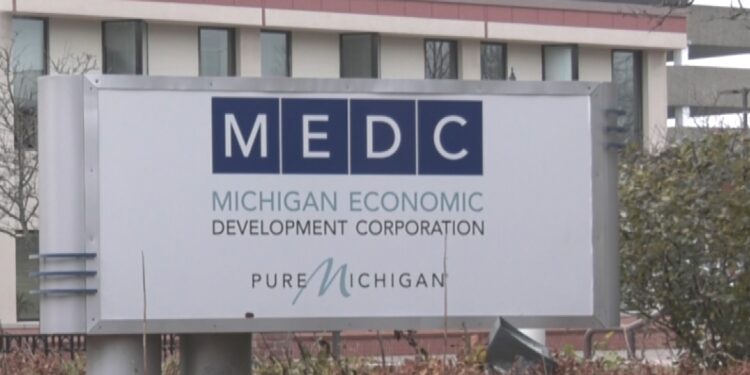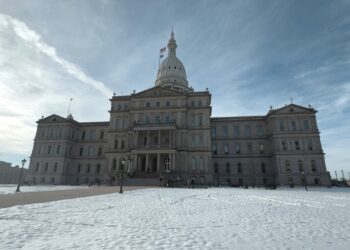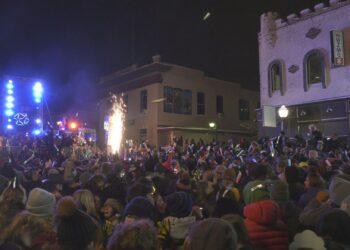LANSING, Mich. (WZMQ) – State legislators are looking to modernize aspects of Michigan’s economic Renaissance Zones. During the Governor’s State of the State address, she discussed her goals to make Renaissance Zones’ qualifications more flexible, to allow more businesses to benefit from the tax breaks in the area.
Renaissance Zones were first introduced in 1996. The act offered 100% relief from both real and personal property taxes and in some cases, city corporate income tax, within their boundaries for 10 years. Under the original act, Zones around the state saw time extensions following the end of the original 10-year term. Started in 1998, The Upper Peninsula was home to the largest designated Renaissance Zones at 2,917 acres. The Gogebic/ Ontonagon/ Houghton County Zone had a 15-year term which expired in 2013.
That act was renewed in 2010 as the Next Michigan Development Act, under which some zones are still active, including ones in the city of Detroit.
The COO of Detroit’s Economic Growth Corporation, Kenyetta Hairston-Bridges said the zones brought in companies that created hundreds of jobs for Detroiters.
Under the NMDA, there are seven next Michigan Development Corporations, one containing Marquette and Delta counties called the Superior Trading Zone. Within their districts, corporations can recommend certification of a Next Michigan Renaissance Zone where qualifying businesses are virtually tax-free or have their taxes abated for a period of time. Most zones have a 10 to 15-year term, at the end of which taxes are phased back in over a 3-year schedule, 25% at a time.
Superior Trade Zone NMDC is located in the Upper Peninsula of Michigan hosting 20 jurisdictions. This region takes advantage of the large tracts of land geographically located near the Delta County Airport Industrial Park and the Telkyte Industrial Park located at the former Air Force base in Marquette County. The Superior Trade Zone utilizes its natural resources in the agricultural, mining, and tourism industries as well as trade opportunities that occur with Canada to the north.
Michigan Economic Development Corporation
“We realized $100 million of new investment in the city of Detroit, and a part of the town where nothing was going on, suppliers were not looking to build in the city of Detroit,” Hairston-Bridges said. “They’re a powerful tool across the state. There’s a package of bills in the legislature right now to extend the zone. That would be instrumental for driving growth and impact across the state of Michigan in years to come.”
Quentin L. Messer Jr., CEO of the Michigan Economic Development Corporation said the hope is to see legislation that would expand industry definitions so more businesses can qualify and allow more flexibility for communities to decide how and when they want to use the benefits within a designated zone.
“I think what this will do is it will make it easier and more attractive to de-risk investment.” Messer Jr. said. “This allows communities to take greater charge of their own economic development destiny, rather than having something imposed by Lansing.”
Currently, there aren’t any active projects within the U.P.’s Superior Trading Zone, but the Marquette County Administrator, Scott Erbisch said their expansion could be beneficial to fostering more economic growth up north.
“If they get extended, the opportunity to use those tools gets extended,” Erbisch said. “That just provides more opportunity for different tax incentives or tax breaks for potentially attracting a business to our region.”
Erbisch said there’s no way to know when the right business or opportunity is going to present itself, so the existence of Renaissance Zones is important to encourage that growth when it does come.


















